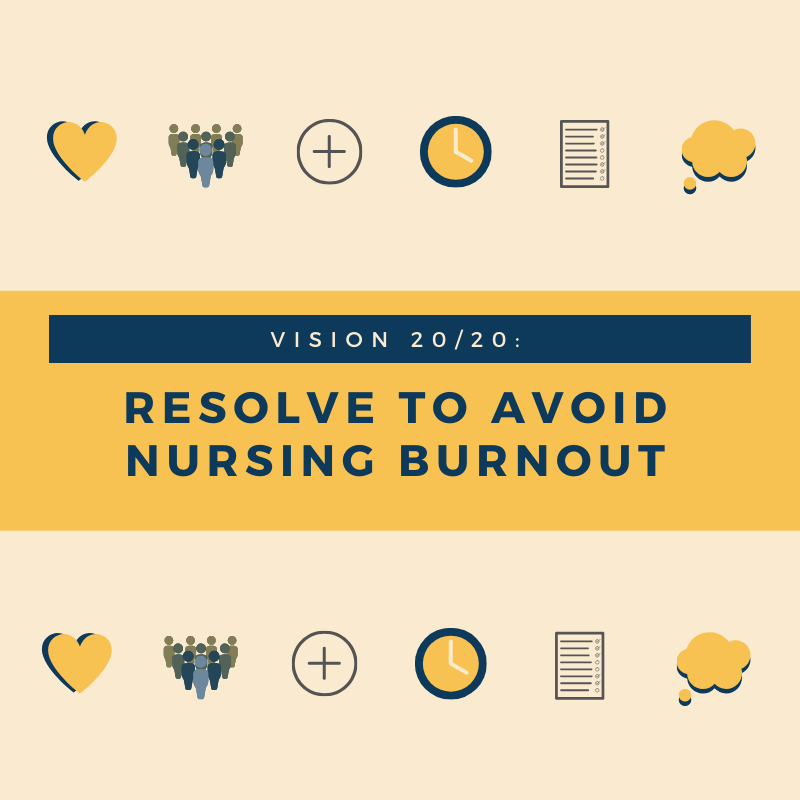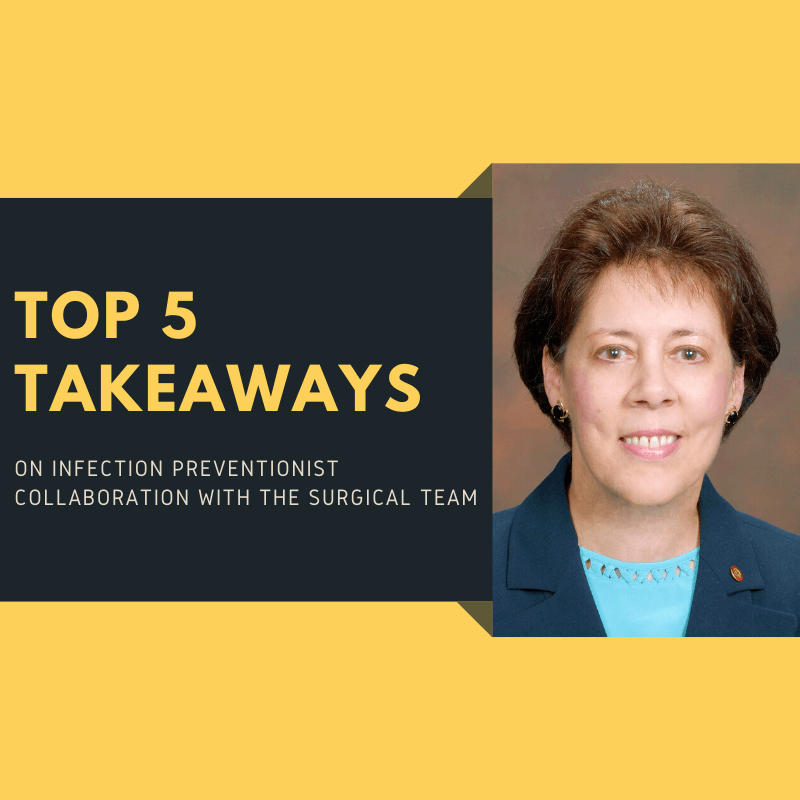Vision 20/20: Resolve to Avoid Nursing Burnout
The hectic nature of the holiday season, which brings joy for most, also brings burnout. At the same time, we’re also busy establishing resolutions for the new year (or new decade!), the goals set are likely to fail or be a non-starter once the exhaustion catches up. This is especially true for those working in…
Details










